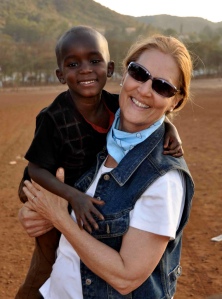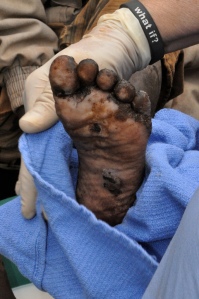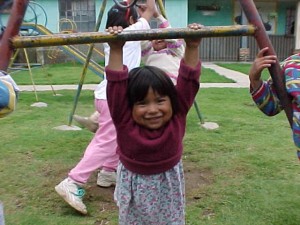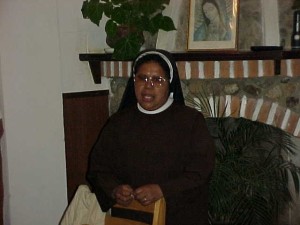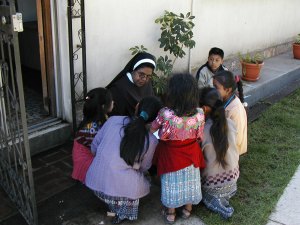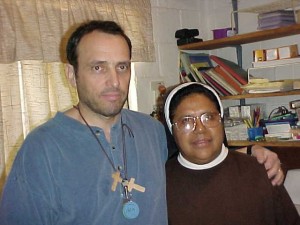I got a Christmas note from Connie Cheren thanking the Holy Sepulcher Mission Group for sending shoes and clothes to Kenya.
“I wanted you to know all the clothes and shoes you sent went to the children of Nick and
Charles who live in the CT children’s home. I have learned in Kenya Christmas to a child is a new outfit and chapatis. We made the chapatis and you supplied the new outfits and shoes. It was like somehow you and your church members knew the size of all the children! I will send photos later. The little guys refused to remove the tags from the clothes! … Be blessed this Christmas as we celebrate His birth.” The need is real and the child’s foot illustrates a common problem. I didn’t use the shots of naked and starving children. Use your imagination or web browser. I hope to meet Connie on my next trip to Nairobi but this post is a walk down memory lane.
Clothing the naked is something that we Diocese of Pittsburgh mission groupers understand. Connie’s note took me back to one of the early St. Richard trips to Guatemala. Jean Gabor had taken over leadership and Laura Weiland, a college student at the time, was there. The memory that I cherish was of the day when each girl at the orphanage got a new outfit. As usual we carried as many duffel bags of clothing as the airlines would permit.
One fine afternoon Jean and Laura decided to hand out the new clothes. I sat with most of the group in the Franciscan Sister’s dining area at the orphanage. One little girl after another went into a back bedroom with Laura and came out dressed head to toe in clothes that we brought.
No words were needed. Beaming smiles showed us how the orphans regarded their good fortune. Laura was radiant. I was content to sip coffee and eat cookies. It was a good day at the mission.
Holy Sepulcher made possible this reprise in a Kenyan orphanage. I wish I had been there to sip coffee, eat cookies and watch. I wish you all had been there, and there that day in Patzún.
Christmas and even Epiphany have passed. Before you know it we will be into Lent in preparation for the central event of our lives. This will be a huge year for the Patzún missions. I am sure that Connie’s mission in Kenya, Partner’s for Care, will flourish.
Paz y Bien

